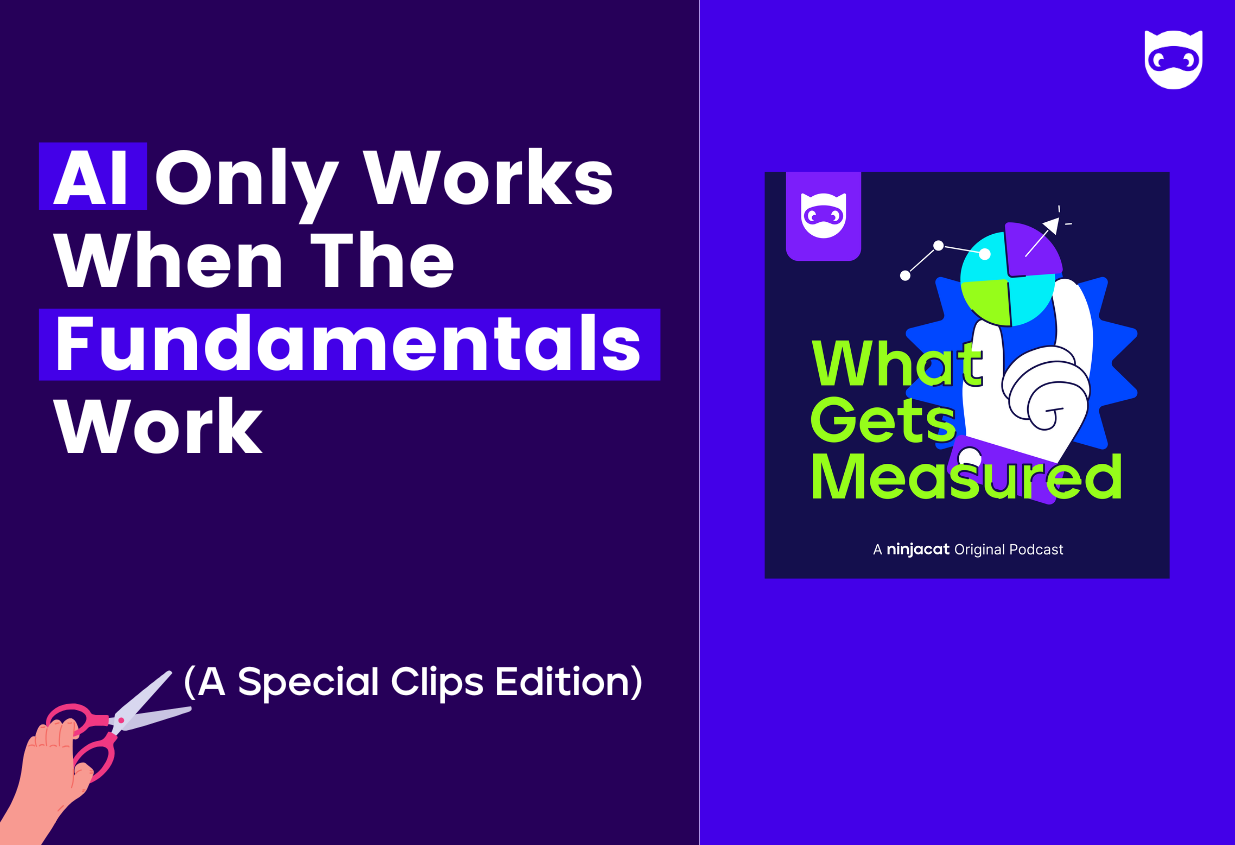Roll-Up Reporting and Why Multi-Channel Marketers Need It

One of the biggest challenges faced by marketing organizations managing multiple independent locations or entities—like automotive dealer groups, franchises, or property management companies—is data chaos. Fragmented data creates inefficiencies, obscures strategic insights, and slows decision-making.
If your team is still relying on manual spreadsheets and late-night VLOOKUPs to consolidate marketing performance, you’re wasting valuable hours (and sanity). But there’s a smarter way: roll-up reporting.
With reliable, automated data infrastructure, roll-up reporting transforms complexity into strategic clarity, ensuring executives and marketers alike can quickly assess, benchmark, and optimize across their entire marketing ecosystem.
What is Roll Up Reporting?
Roll-up reporting consolidates performance data from multiple distinct business units, locations, entities, or franchises into one unified view. Unlike traditional multi-channel reporting—which aggregates metrics across marketing channels (like paid search, social, and email)—roll-up reporting specifically addresses the unique needs of organizations overseeing multiple independently managed properties, locations, or entities.
Common use cases include:
- Franchise Networks: Aggregating marketing data from numerous independent franchise locations to maintain brand consistency and optimize performance.
- Automotive Dealer Groups: Consolidating marketing, sales, and customer experience data from several dealership rooftops under a single management team.
- Property Management Firms: Rolling up data from various managed properties to benchmark performance, drive occupancy, and allocate resources strategically.

Creating a Powerful Roll Up Report
Roll-up reporting isn’t simply about aggregating data; it’s about extracting strategic value. To achieve this, organizations need three key components:
1. Strategic Metrics Aligned with Business Goals
Clearly define the KPIs critical for your overarching strategy. Rather than getting lost in granular, location-specific data, select metrics that deliver strategic value, such as:
- Location or Entity Performance Benchmarks (leads, sales, ROI)
- Customer Journey Insights across multiple locations/entities
- Predictive and comparative analytics to uncover performance trends and anomalies
2. Automated, AI-Ready Data Infrastructure
Trusted roll-up reports demand robust infrastructure. NinjaCat’s Data Cloud provides pre-built, AI-ready data pipelines that standardize, normalize, and deduplicate data across hundreds of entities. This creates a reliable foundation for advanced analytics and strategic decision-making.
Before creating your roll-up reports, ask yourself:
- Where is the data stored, and can it be reliably automated?
- Does data require normalization or special processing?
- Are calculations and attribution models consistent across entities?
3. Action-Oriented Visualizations and Insights
Present data through visualizations that immediately highlight strategic opportunities and actionable insights:
- Benchmarking Charts comparing entity performance against overall averages or targets
- Trend Analysis and Forecasts powered by predictive analytics to guide strategic resource allocation
- Executive Dashboards offering quick, strategic visibility into overall organizational performance
Benefits of Roll Up Reporting
Roll-up reporting elevates strategic capabilities by delivering unified insights and operational clarity across your entire organization. Specific benefits include:
Further strategic benefits delivered by NinjaCat’s Data Cloud include:
- Cross-Channel and Cross-Location Integration: Automate normalization of diverse data sources for comprehensive roll-up insights.
- AI-Enhanced Insights: Employ anomaly detection, and advanced attribution models to proactively optimize performance.
- Enterprise-Grade Scalability and Reliability: Confidently scale your reporting as you grow, thanks to robust data infrastructure designed to manage complexity at enterprise-level volumes
An Example of A Roll-Up Report
Consider an automotive dealer group managing multiple dealerships:
A proficient roll-up report would consolidate:
- At-a-glance metrics on campaign performance (e.g., cost-per-lead, dealership traffic, vehicle sales)
- Insights into top-performing dealerships and campaigns
- Benchmarking data comparing dealerships to each other and to overall business goals
- AI-driven insights to proactively highlight regional trends or issues, and
- Recommendations for optimization clearly linked to performance insights.
This roll-up report simplifies complex data, empowers strategic decisions, and directly impacts business performance by translating data into actionable insights.

Roll-Up Reporting Is Strategic Clarity
Curating trusted, strategic insights across multiple entities or locations isn’t just beneficial—it’s essential for efficient, high-performance marketing operations. Roll-up reporting, powered by NinjaCat’s industry-leading Data Cloud and AI-driven analytics, transforms complex, fragmented marketing data into clear, actionable, executive-ready insights.




.png)
